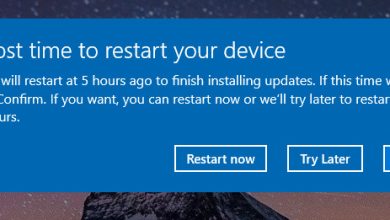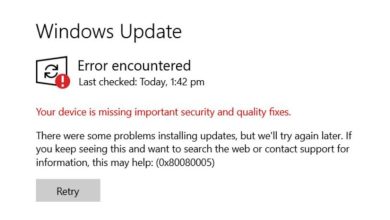How to Fix Windows Update Error Code 0x800f0835
The error 0x800f0835 surfaces while trying to install a Cumulative Update for Windows. There are several possible reasons for error 0x800f0835. The update download may be incomplete or corrupted, cached update files can cause conflicts, or critical Windows files might be missing or damaged. Additionally, older Windows components may prevent the update from installing.
 Since Windows continuously updates its components, newer updates often rely on these updated components, which can cause issues if they are outdated or missing.
Since Windows continuously updates its components, newer updates often rely on these updated components, which can cause issues if they are outdated or missing.
Now that we know what the issue is and what causes it, let’s solve this issue.
1. Run the Windows Update Troubleshooter
Our first step is simple but essential. The Windows Update Troubleshooter can often fix common issues, though it might not always show immediate results. It’s important to start with this step because it runs several automated processes that could resolve part of the problem, making the next steps easier.
- Click on the Windows Start Button > Settings on your PC.

- Go to Update & Security > Troubleshoot > Additional Troubleshooters.

- Select Windows Update and click Run the troubleshooter.
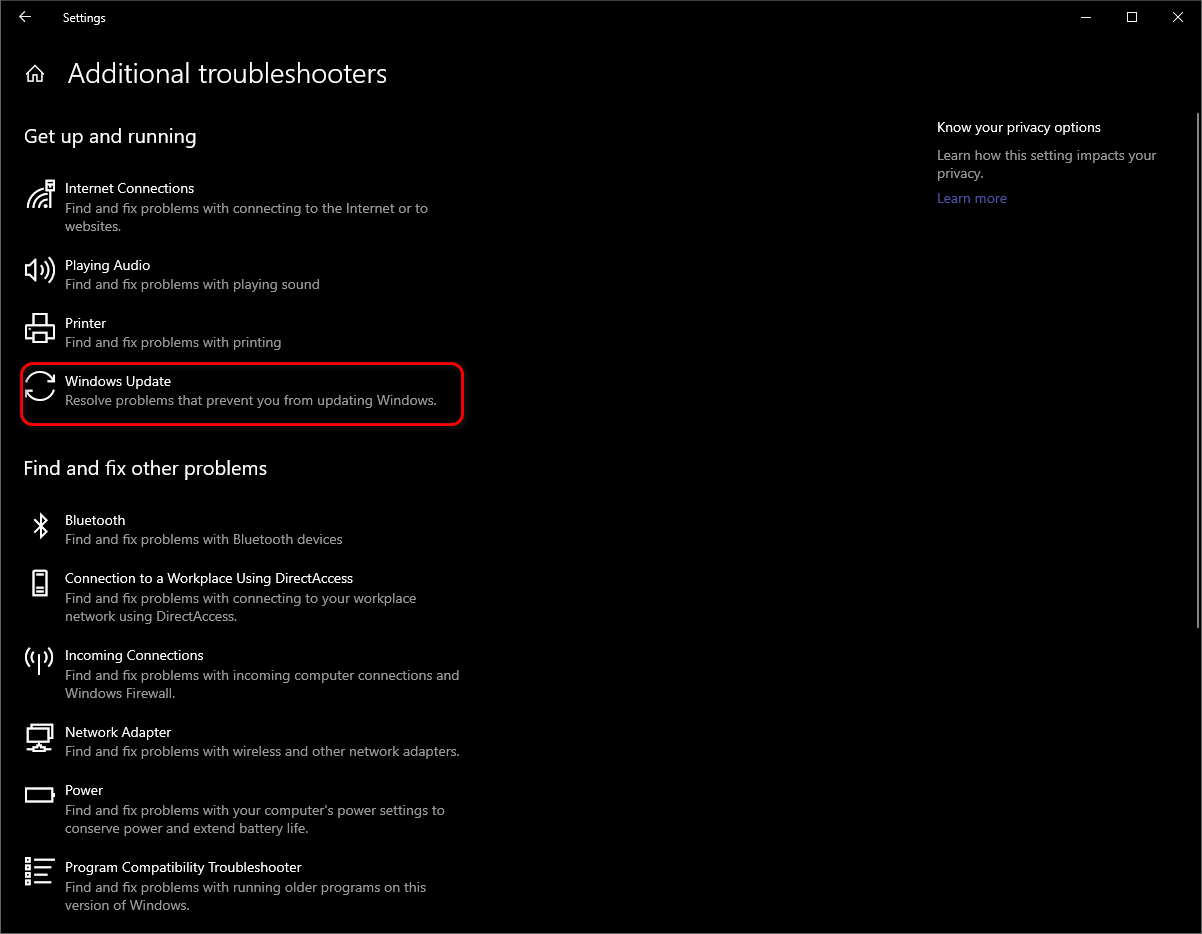
- Follow the on-screen instructions and let it complete.

- Restart your PC and check if the issue is resolved.
2. Use Disk Cleanup
Corrupted cache files might be causing the issue, and if that’s the case, we will use Disk Cleanup to remove these corrupted cache files, which can help resolve the error. It’s a quick and effective way to clear unnecessary files that could be interfering with the update process.
- Press Windows Key + S, type Disk Cleanup, and open it.
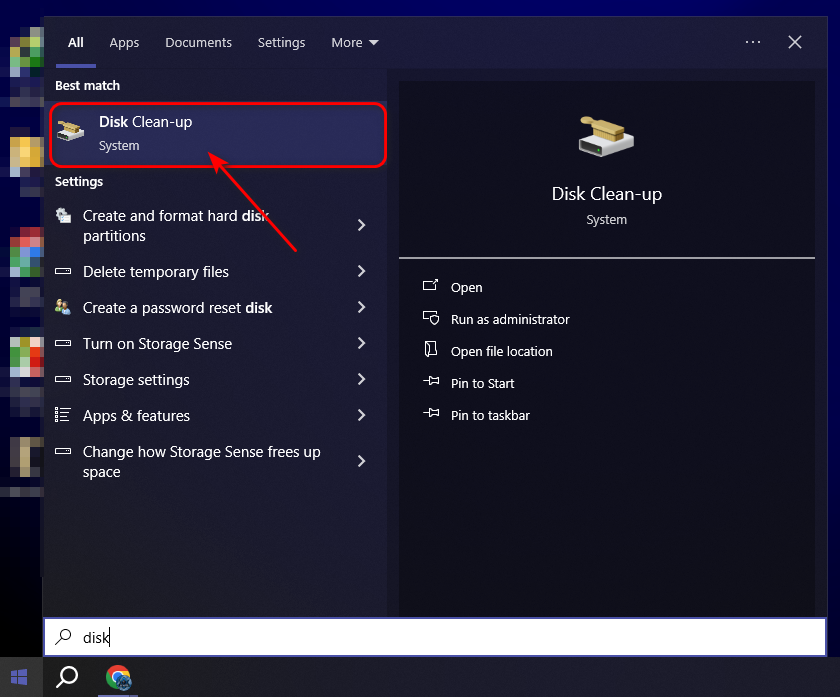
- Select the drive where Windows is installed (usually C:).

- Check the Boxes for Temporary Files, Windows Update Cleanup, and other unnecessary files.

- Click OK and then Delete Files to clean up.

- Restart your PC and try updating again.
Now, we will clear the Windows update cache.
- To open Command Prompt as an administrator, click the Windows start button and type “CMD”.

- Stop the update services by typing these commands one by one and pressing Enter after each:
Net Stop bits Net Stop wuauserv Net Stop appidsvc Net Stop cryptsvc
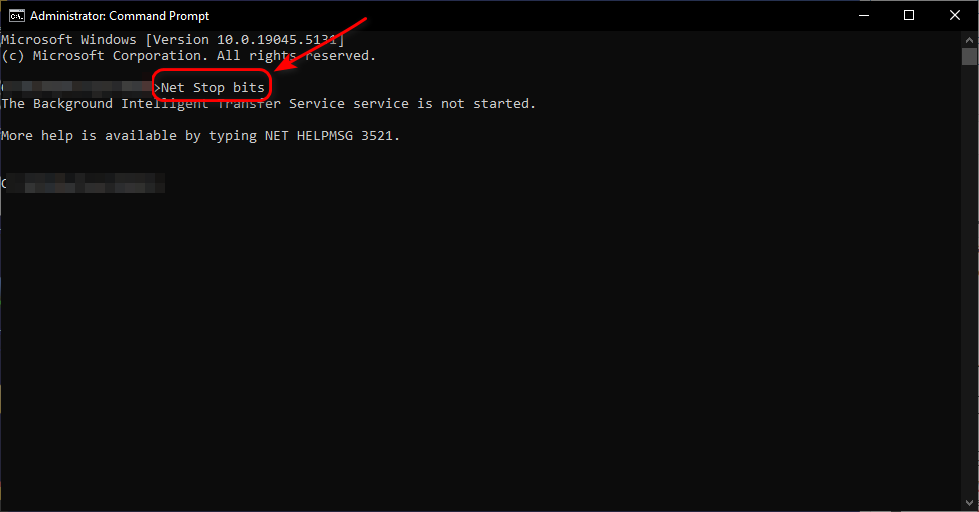
- Rename the update cache folder with these commands:
Ren %systemroot%\SoftwareDistribution SoftwareDistribution.bak
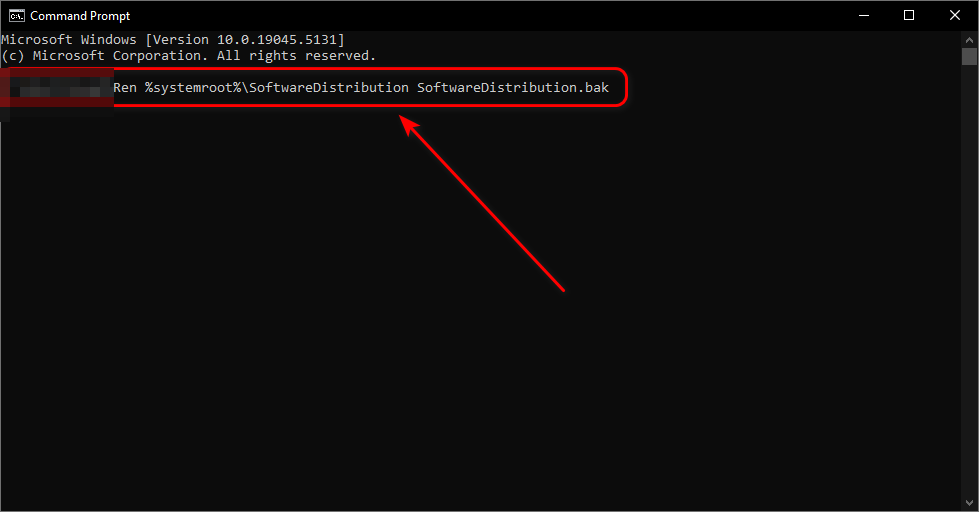
Ren %systemroot%\system32\catroot2 catroot2.bak
- Restart the services by typing these commands:
Net Start bits Net Start wuauserv Net Start appidsvc Net Start cryptsvc

- Restart your PC and check for updates again.
3. Manually Download Update
If the previous methods didn’t work, it’s likely that there’s an issue with your Windows Update configuration or its services. In such cases, manually downloading and installing the update is a reliable alternative that can help resolve the problem.
- Go to the Microsoft Update Catalog, search for the update in the search bar. In our case, it’s “KB5044273”.

- Find the correct update version for your system (e.g., x64-based systems) and click Download.
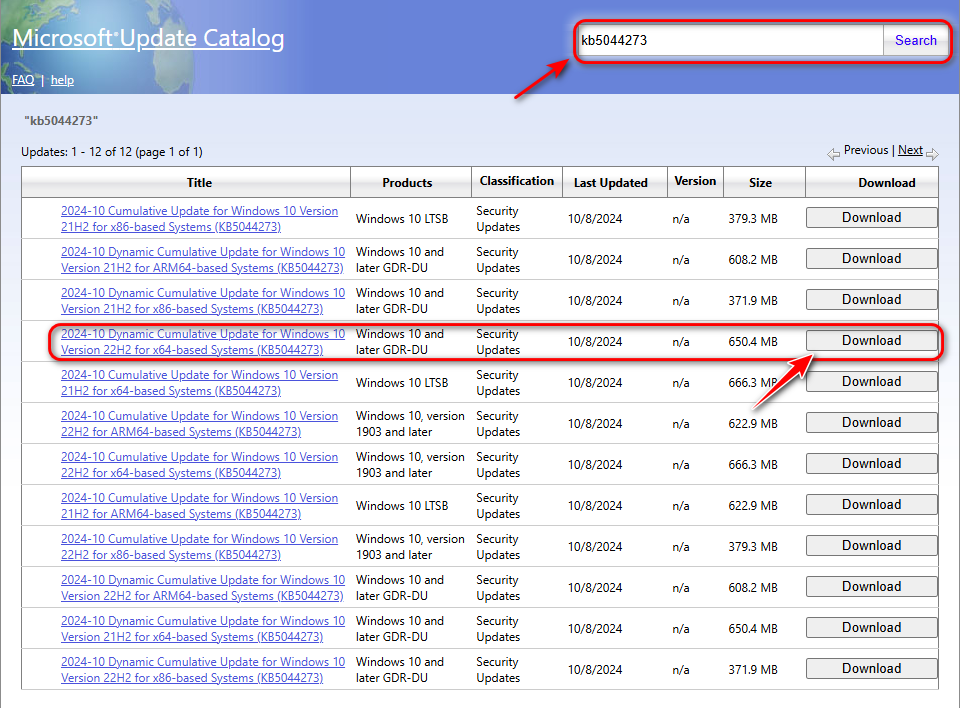
- Now copy/cut that file, create a new folder in C Drive, name it “Update”.
- Press Windows key + S, type CMD, right-click Command Prompt, and Run as Administrator.
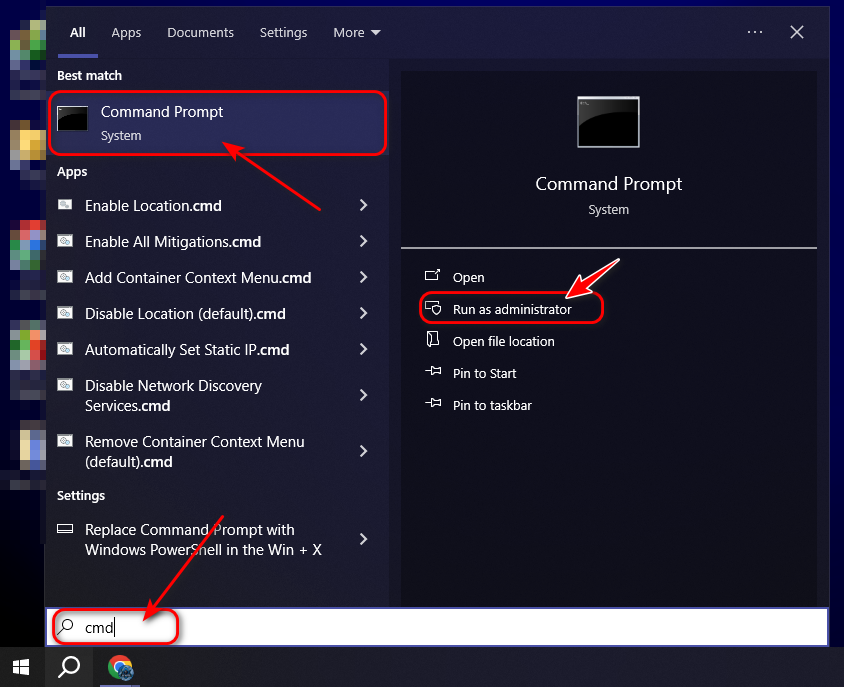
- Enter the following command to install the “.cab” file.
DISM /Online /Add-Package /PackagePath:C:\Update\filename.cab
- Replace “filename.cab” with the exact file name.
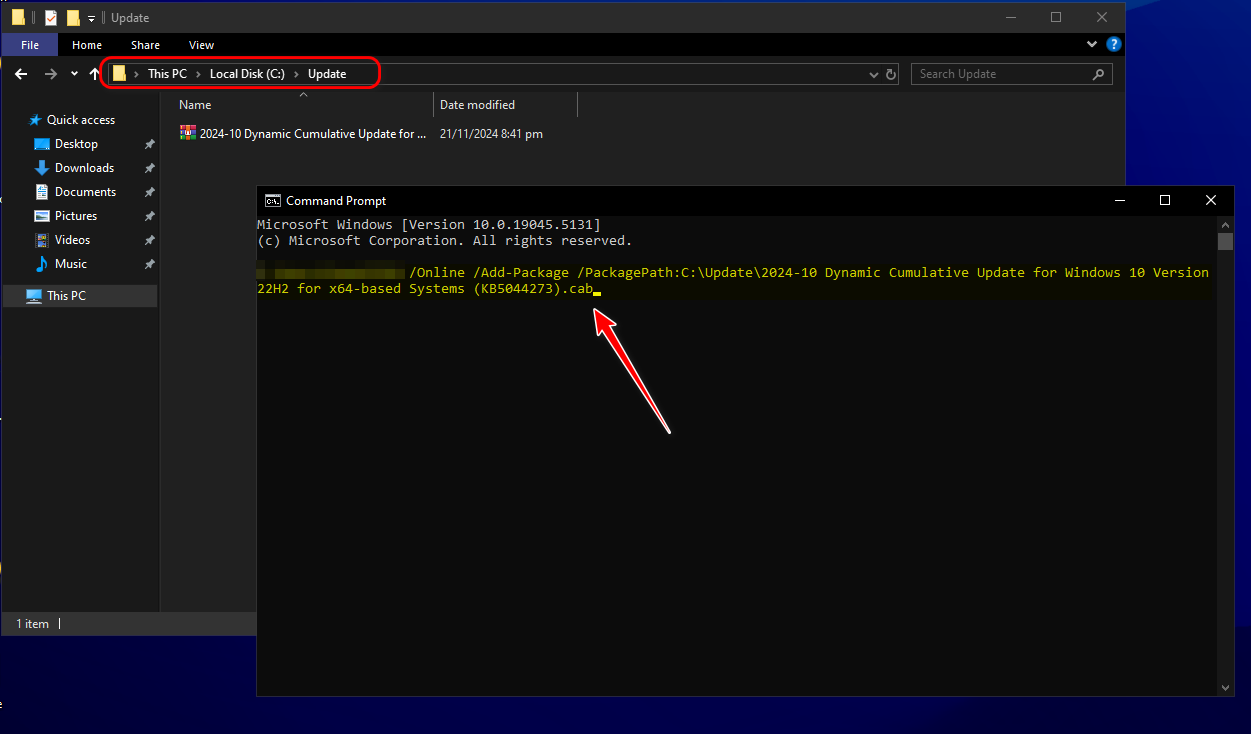
- Wait for the process to complete, then restart your PC.
4. Run SFC and DISM Commands
If manually updating your Windows doesn’t work for you, then it’s likely a problem with your system image or corrupted Windows files. In this step, we’ll use the SFC and DISM commands to scan and repair these issues.
- Press Windows Key + S, type CMD, right-click Command Prompt, and select Run as administrator.

- Type the following command and press Enter to scan and repair system files.
sfc /scannow
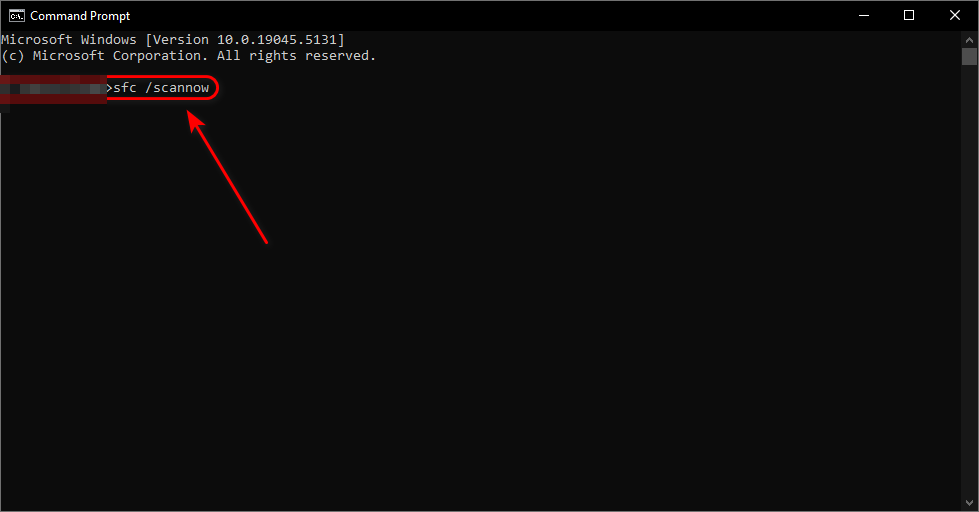
- Once completed, type the next command to repair the system image and press Enter:
DISM /Online /Cleanup-Image /RestoreHealth
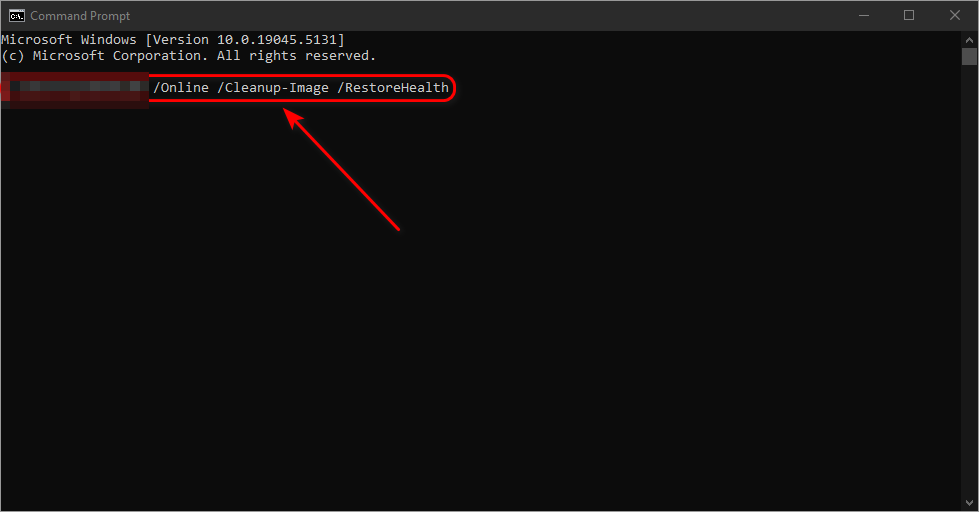
- Wait for the process to finish, then restart your PC.

- Check if the issue is resolved.
5. Remove WUServer and WIStatusServer Registry Entries (Optional)
You can try removing WUServer and WIStatusServer keys from the Windows Registry. These entries are typically present only if your PC is a part of an organization using policies to manage updates, or you’ve previously applied registry tweaks or used tools like WSUS, where custom update settings were configured manually. These entries can sometimes interfere with update processes. While this step is optional, it can be helpful in resolving persistent update errors.
Note: Please only follow this method if you know what you are doing; misconfiguring Registry settings can be very dangerous for the stability and functionality of your computer. It’s recommended that you make a backup of your entire registry before proceeding.
- Press Windows Key + R, type Regedit, and press Enter to open the Registry Editor.

- Navigate to this location:
HKEY_LOCAL_MACHINE\SOFTWARE\Policies\Microsoft\Windows\WindowsUpdate

- In the right panel, look for WUServer and WIStatusServer entries.

- If you find them, right-click each and select Delete.

- If they are not there, ignore this step—this is normal for most home PCs.
6. Use Windows Update Assistant
The Windows Update Assistant is a convenient tool to manually update your system. It’s designed to bypass common update errors and directly install the latest version of Windows, which includes all recently released Cumulative and Security Updates.
- Visit the Windows Update Assistant page.

- Click Update now to download the Windows Update Assistant tool.
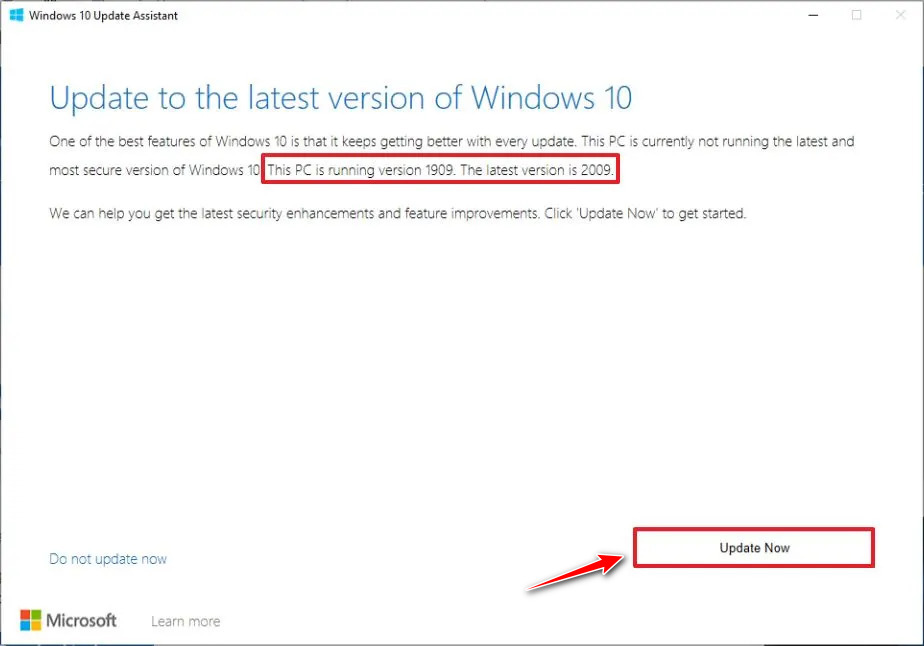
- Run the downloaded files and follow the on-screen instructions.

- Once the update is complete, restart your PC and verify the update was installed successfully.

7. Repair Using Installation Media
As a last solution, you can repair your Windows installation using installation media. With this method, we will create a bootable USB drive with Windows installation files and use the Repair Your Computer option to fix system errors without losing your data.
It’s a powerful tool for resolving major update issues when other methods don’t work. I know a lot of you don’t have a USB device at the moment, but don’t worry; you can do it even without a USB by extracting the ISO file in a separate drive and double-clicking to launch the Windows setup.
- Download the Windows ISO file from the official Microsoft website, using the Media Creation Tool.

- Open the Media Creation Tool and accept the license terms.

- In the next step, choose Create installation media (USB flash drive, DVD, or ISO file) for another PC and click on next.

- Now select the option “Use the recommended options for this PC” and click on next.

- Choose which media to use! As we are going with the ISO file because we will proceed without a USB pen drive, click on next again.

- Select a different drive like “D” or “E”, where your current OS isn’t installed.

- Once the ISO is downloaded, right-click on the ISO file and click on mount.

- Open This PC or File Explorer, go to the new virtual drive, and double-click on setup.exe to begin the repair process.

- Now, after preparing the Windows setup, it will redirect you on this screen where you can choose language and time format and click on next.

- When the Windows Setup screen appears, select Repair your computer (don’t click on “Install now”).

- Then, choose Troubleshoot followed by Advanced options.

- In the Advanced options menu, click on Startup Repair.

- Choose your Operating System “Windows 10”.

- Now it’ll ask you to log in to your account using a password, then click on next.

- It will start the diagnostic tool and repair your Windows.

- After repairing, it will restart your PC and you’re good to go.

This method allows you to repair Windows without a USB drive, making it easy to resolve common system issues.

